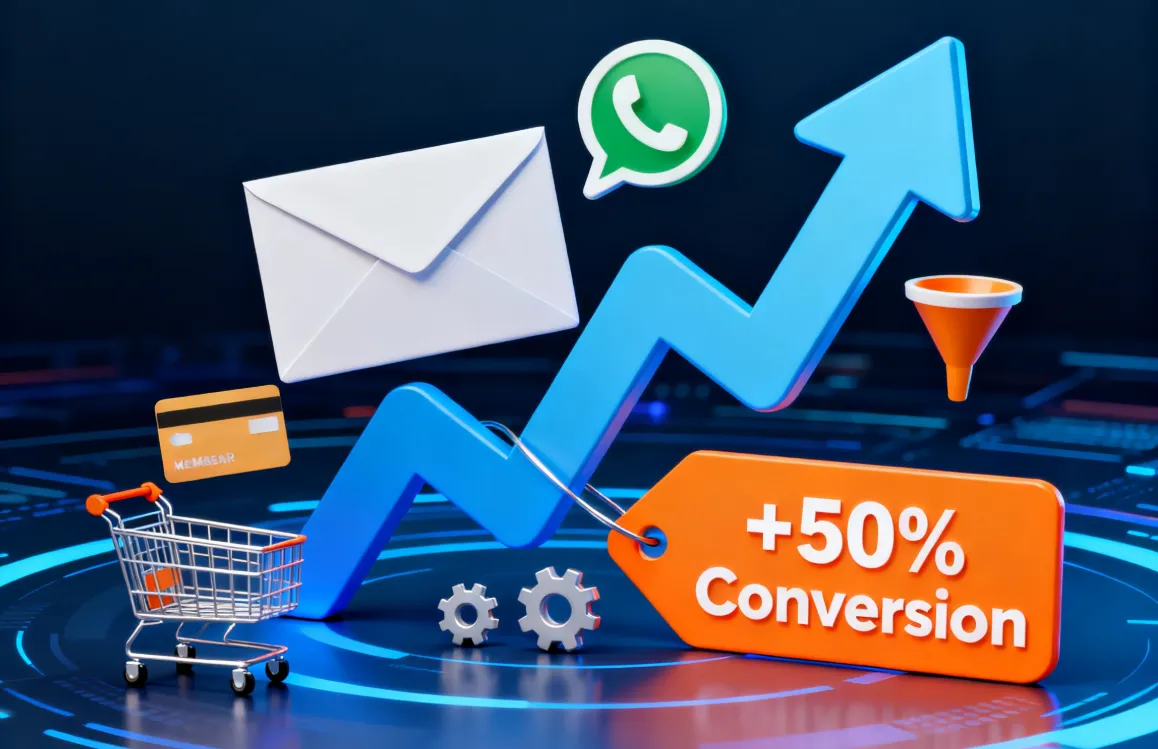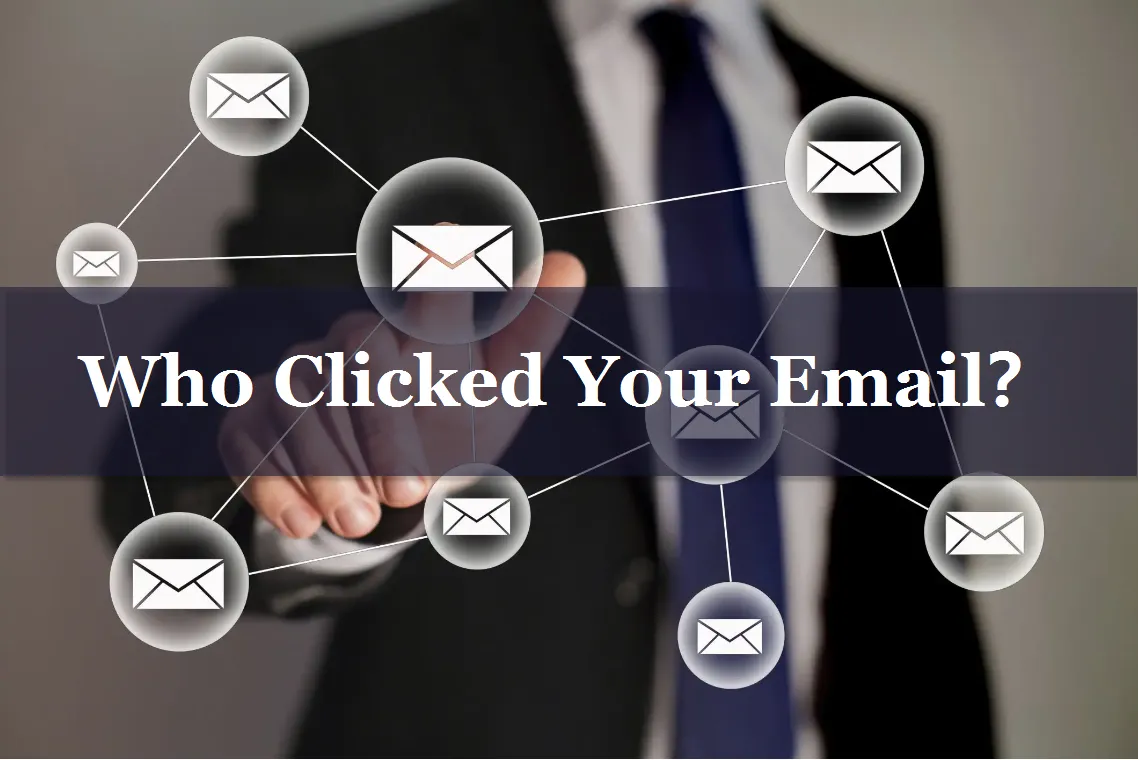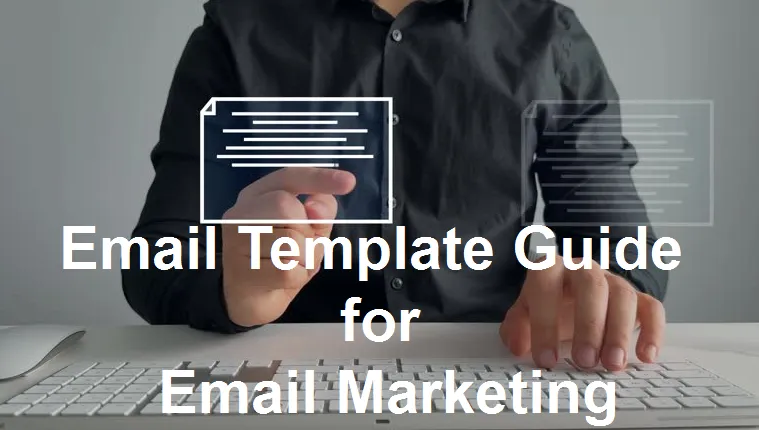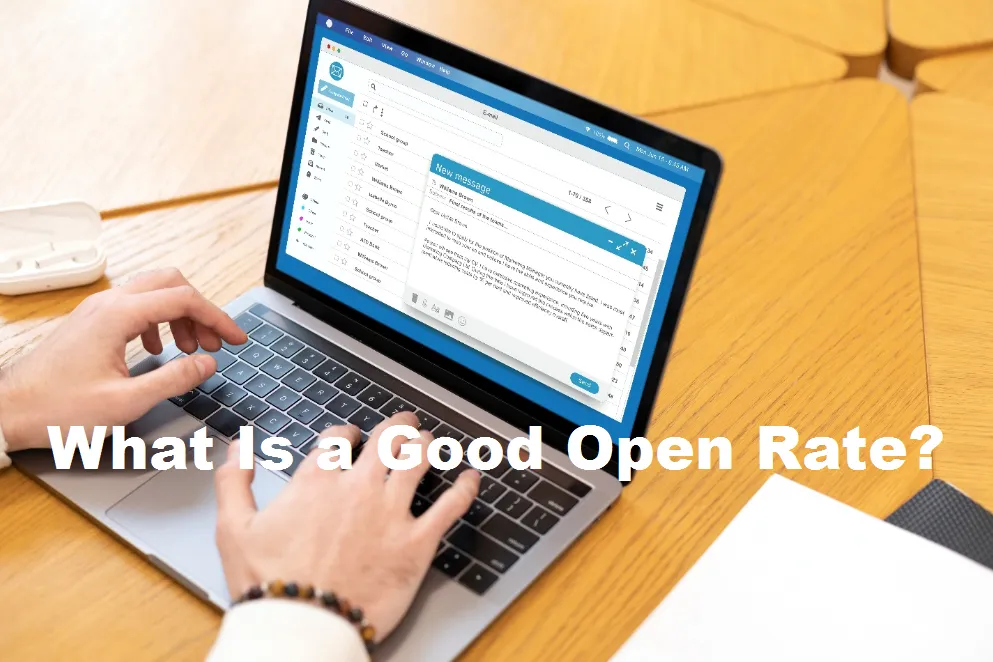Have you ever received an email simply because the title caught your eye? That's no coincidence. A memorable email subject line is a movie trailer; it is a teaser that makes people desire to watch the rest. Your subject line will or will not make your campaign in email marketing. It is the initial thing that one notices before going to click or scroll by.
Mailchimp indicates that the average email open rate per industry is approximately 21% . It means that your subject line will have to fight hundreds of others in an inbox. So, what makes a good one?
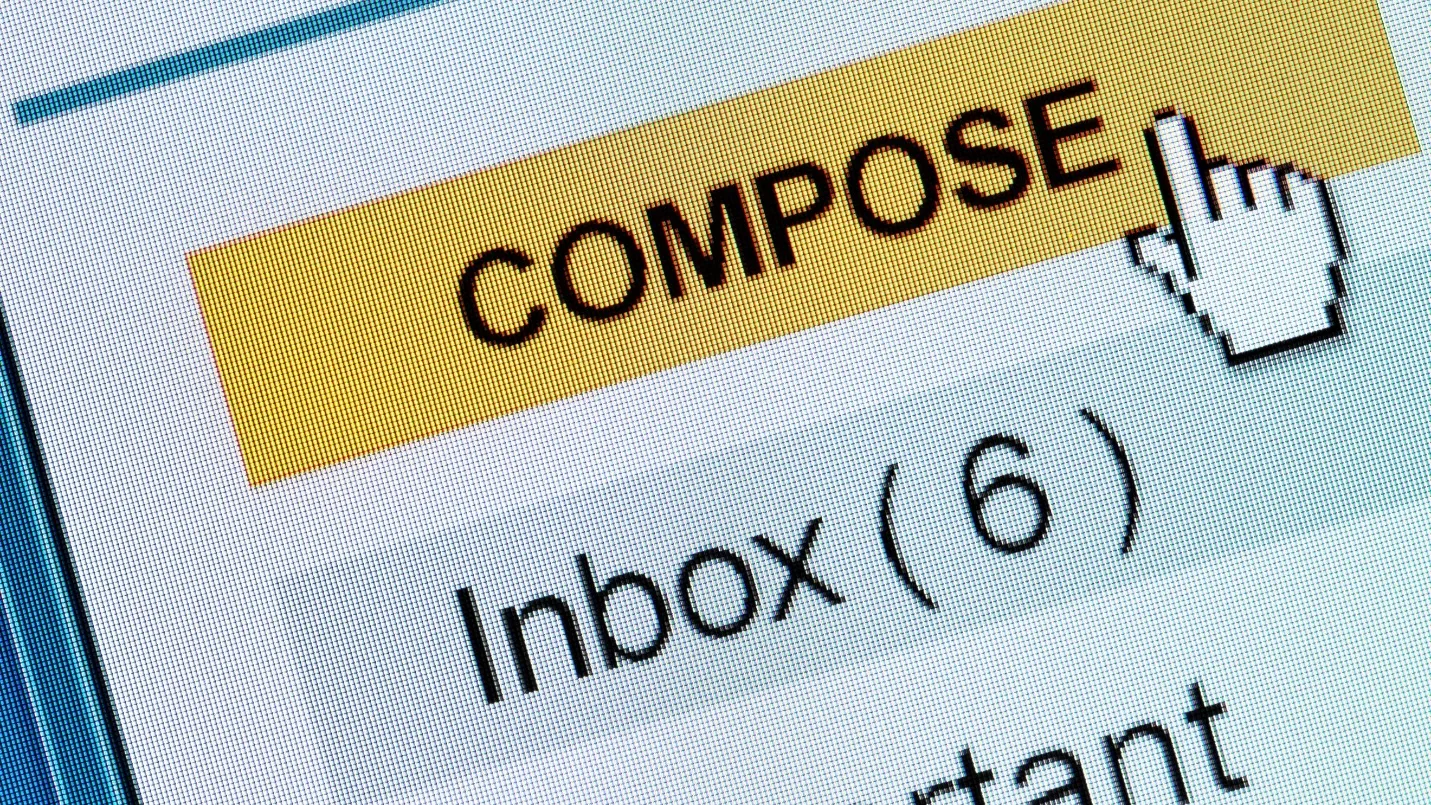
What Makes a Catchy Subject Line?
Ever wonder why some emails instantly grab your attention while others don’t? It all comes down to a few simple traits; clarity or curiosity, relevance and value. Let’s explore how these work.
Clarity and Relevance
People desire to have the knowledge of what they are clicking on. An excellent subject line is precise and responsive to the needs of the reader. Do not use jargon or empty promises.
Example: “50% off this weekend online only” is better than Big Sale Happening.
Curiosity and Engagement
A touch of mystery can pull readers in. Curiosity is what makes people choose to open your email.
Example: “You will not believe what we are introducing tomorrow.”
Conciseness and Readability
Brief and sweet always carries the day. All subject lines beyond 50 characters have been chop‑blocked in most inboxes and particularly on mobile. Make it brief enough to scan through.
Value Proposition
Your readers ask, “What’s in it for me?” Tell them right away. Whether it’s a discount, exclusive content or helpful insight; make the value obvious.
Example: “Get Your Free Guide to Better Branding.”
A catchy headline previews the contents and is a signal that you are not wasting the time of your reader. Clarity and authenticity is always better than clickbait in email marketing best practices.
In this article, we will deconstruct it all: what a subject line is, what makes it interesting, how to write it step‑by‑step and what pitfalls to avoid by the beginners. By the end of it, you will have a clear roadmap to write subject lines that will attract attention and increase your email campaign performance. Read on to learn more.
What Is the Subject in an Email?
The subject line in easy terms is the text that is concise and appears immediately after your name in the inbox of the recipient. It’s your first impression: your headline.
Imagine it is the front door to the email. A poor subject line may make people stay away, whereas a good one makes them come in. It is a very fast overview of what is inside your message and it allows the reader to judge whether it is worth reading or not.
In email marketing, this line determines the fate of your campaign. No matter how well designed an email is it will not be viewed unless someone opens it. That is why knowing how to write the correct subject line is a prerequisite of all marketers.
Suggestions for Different Types of Email Subject Lines
Now that you understand what constitutes a good subject line, you are now going through a step‑by‑step process of creating that subject line. Every step will consist of strategy or types of subject lines and some pro tips to make your email marketing campaigns shine.
Step 1: Align with Audience and Intent
Before writing anything, ask yourself two questions:
- Who am I talking to?
- What do I want them to do?
Each email must have some intent be it to inform, promote or inspire action. Customize your email subject line to that end.
When you are writing subject lines to loyal customers, be friendly:
- “We saved something special just for you!”
If it’s a new lead, go for curiosity and value:
- “Ready to save time on your next project?”
Tone matters, too. Make it in line with your brand voice. The fun brand can afford to have fun lines and the professional brand could stick to clean and straight.
Pro Tip: Don’t guess what your audience likes; look at your past open rates to see what worked best.
Step 2: Brainstorm Using Proven Formulas
Even top marketers use frameworks to spark ideas. Here are some reliable subject line formulas:
- Question Format: “Want to double your online sales this month?”
- How‑To: “How to design emails that actually convert.”
- Numbered List: “3 quick tweaks to boost your open rate.”
- Urgency/Scarcity: “Last chance to grab your free seat!”
- Personalization: “Hey Sarah, your upgrade is waiting.”
All these are plays on psychology curiosity, time pressure or personal relevance. Don’t simply accept one of those versions. Before settling on the best alternative, brainstorm five to ten alternatives.
Pro Tip: Brainstorming or teamwork sessions come up with variations. Your tenth idea may be the best at times.

Step 3: Refine for Impact and Authenticity
Now it’s time to polish your draft. Start by checking the length. Aim for 40–50 characters so it displays well on mobile. Next, replace weak words with strong ones. “Get” is fine, but “Unlock” or “Discover” adds excitement. Avoid filler like “Just” or “Really.”
Be authentic. Do not make a promise that you cannot fulfill. In case you are suggesting in your subject line that it is a Free Guide, then ensure that you have a guide inside. Misleading readers might get you more opens once but fewer over time.
Hack: Read your subject lines aloud to test them. When they sound unnatural or rather robotic, rephrase them so that they read like the ones that you might say to your friend.
Step 4: Integrate with the Preheader Text
The preheader and subject line go together. The preheader is the little preview when you want to open your inbox and it is the little text just beside or just under the subject line. In case your subject line is the headline, the preheader is the supporting tagline. Write with it to develop context or keep on with your story.
Example Combination:
- Subject Line: “Ready for your next big win?”
- Preheader: “Open to see your exclusive offer.”
This duo makes your email stand out and gives readers a reason to click.
Pro Tip: Avoid repeating the same words in both. Instead, make them complement each other naturally.
Step 5: Validate and Iterate
Even the best marketers test and tweak their email marketing campaigns. A/B testing is your best friend here. Send two versions of the same email with different subject lines to a small audience segment. Whichever one gets more opens wins.
You can also test:
- Emojis vs. no emojis.
- Personalized vs. generic subject lines.
- Short vs. long ones.
Once you have tested, put into practice what you have learned in future emails. This develops with time an evidence‑based insight of what appeals to your audience.
Pro Tip: An email marketing tool such as Aurora SendCloud can be used to test emails automatically and track their engagement rates in terms of open rates and click rates.
Common Beginner Mistakes to Avoid
Even experienced marketers make some mistakes. These are some of the mistakes to avoid when writing your email subject lines:
- Use of emojis only or excessively: It can be spammy and can put people away.
- Too vague: “Hello” or “Newsletter” does not explain the reader why he or she has to open.
- Using too many words: More than 50 characters are likely to be cut especially on a phone.
- Ignoring personalization: People enjoy being noticed. Try to call them by their names or place of residence.
- Overpromising: Don’t exaggerate or clickbait. It hurts your sender reputation in the long run.
Pro Tip: It is always advisable to preview your email on the phone first. Approximately 70% of individuals will check their emails on the phone initially!
Wrapping Up
What then makes a good email subject line? It is clear, topical and creates curiosity without distorting your message. The subject line is very strong and resonates with your audience, matches your purpose, and makes readers feel it is worth spending their time to open your email.
The most effective email subject line examples are concise, actual and attractive, making the mood and inviting to action. You need to create great subject lines when you should align your message with the needs of your audience or apply proven formulas to exploit curiosity and emotion and make your message clear and authentic.
Combine it cleverly with a properly written preheader text. Then continue testing, learning and enhancing by constant validation. Keep in mind, email marketing does not yield results immediately unless empathy, creativity and strategy are established.
And in case you are willing to go even higher in performance, begin building powerful campaigns now using Aurora SendCloud ; the smarter way to send, test and grow your audience. Start Sending Mails and increase your open rates!


